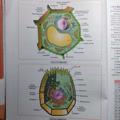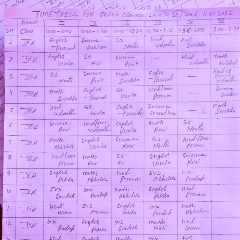Question Text
Question 1 :
A 150 kg car engine develops 500 W for each kg. What force does it exert in moving the car at a speed of $20 ms^{–1}?$
Question 2 :
<img style='object-fit:contain' src='https://teachmint.storage.googleapis.com/question_assets/cbse_ncert/61b1d2e1f59b460d7261f64a.png' />
Look at the above image. In each of the following a force, F is acting on an object of mass, m. The direction of displacement is from west to east shown by the longer arrow. Observe the diagrams carefully and state whether the work done by the force is negative, positive or zero resctively.
Question 3 :
An object thrown at a certain angle to the ground moves in a curved path and falls back to the ground. The initial and the final points of the path of the object lie on the same horizontal line. What is the work done by the force of gravity on the object?
Question 4 :
Calculate the work required to be done to stop a car of 1500 kg moving at a velocity of 60 km/h?
Question 5 :
A person holds a bundle of hay over his head for 30 minutes and gets tired. Has he done some work or not?
Question 7 :
The sum of the potential energy and kinetic energy of the object would be the same at all points. That is, potential energy + kinetic energy = constant.
Question 8 :
An automobile engine propels a 1000 kg car (A) along a levelled road at a speed of $36 kmh^{–1}$.Now, suppose after travelling a distance of 200 m, this car collides with another stationary car (B) of same mass and comes to rest. Let its engine also stop at the same time. Now car (B) starts moving on the same level road without getting its engine started. Find the speed of the car (B) just after the collision.
Question 9 :
Can there be displacement of an object in the absence of any force acting on it?
Question 10 :
Certain force acting on a 20 kg mass changes its velocity from 5 $\frac{m}{s}$to 2 $\frac{m}{s}$. Calculate the work done by the force.




















